Trump to boost US weapons sales abroad, drop curbs on drone exports
The administration of US President Donald Trump has dropped some restrictions on sales of advanced US weapons in order to bolster the American arms industry and compete with China on the world weapons market.
The White House announced on Thursday an update to its policy on the transfer of military equipment to promote US exports and jobs, and specifically to loosen the rules on selling armed drones.
The long-awaited overhaul has been in the works for a year, with White House trade adviser Peter Navarro playing a major role in driving the project forward.
Navarro said the move was designed to reverse former President Barack Obama's "myopic" decision to limit even US allies' access to Unmanned Aerial Systems (UAS).
"The administration's UAS export policy will level the playing field by enabling US firms to increase their direct sales to authorized allies and partners," Navarro said.
Navarro, who is best known for pushing Trump to take tough trade actions against China, said allowing US weapons companies to directly market drones instead of forcing foreign customers to apply to the government would allow them to compete against sales of Chinese duplicates.
US weapons and aerospace exports support 2.5 million well-paid jobs and form a key plank of Trump's ambition to wipe out America's trade deficit, Navarro said.
Drones have been deployed both by the Pentagon in support of overt deployments in the so-called war on terror and by the CIA for covert targeted strikes to kill suspected militants.
Thousands of civilians have been killed in US strikes in the Middle East, South Asia and the Horn of Africa.
Critics say because drones can be used without putting American pilots in harm's way, they encourage US presidents and commanders to resort more easily to lethal force.
The White House has been criticized by both human rights groups and US lawmakers in Congress from both political parties for allowing its Saudi ally to bomb Yemen.
The United States is the world’s biggest arms exporter and Saudi Arabia has been its biggest client in recent years.
The US accounted for 34 percent of global arms exports from 2013 to 2017, an increase of 30 percent from the previous four-year period, according to a report by the Stockholm International Peace Research Institute (SIPRI).
US arms exports were 58 percent higher than those from Russia, the second-largest exporter during the period, the SIPRI report said.
American weapons sales in 2017 were the highest in a single year since 1998, and 49 percent of all American arms exports went to the Middle East.
Globally, India topped the list of arms importers, followed by Saudi Arabia, Egypt, the United Arab Emirates and China.
Iran begins Ten-Day ceremonies to mark victory of Islamic Revolution
‘Multiple’ Israeli airstrikes hit Lebanon in breach of ceasefire
Official: Hamas will continue to administer Gaza, going nowhere
Six Israeli soldiers killed, injured as Jenin fights back onslaught
VIDEO | Anniversary of Hind Rajab's martyrdom
VIDEO | 'Friends of Palestine' demands suspension of Israel from UN bodies
Trump insists Egypt, Jordan will accept displaced Gazans
VIDEO | Press TV's news headlines


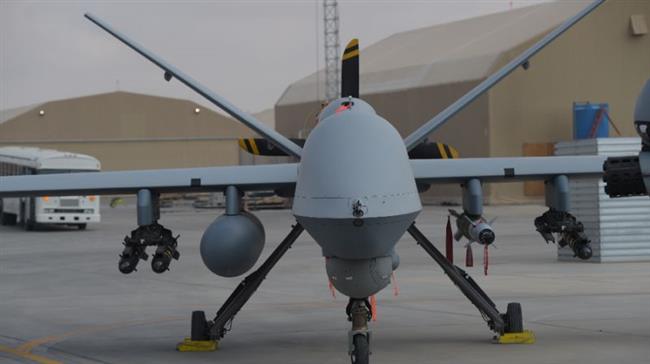

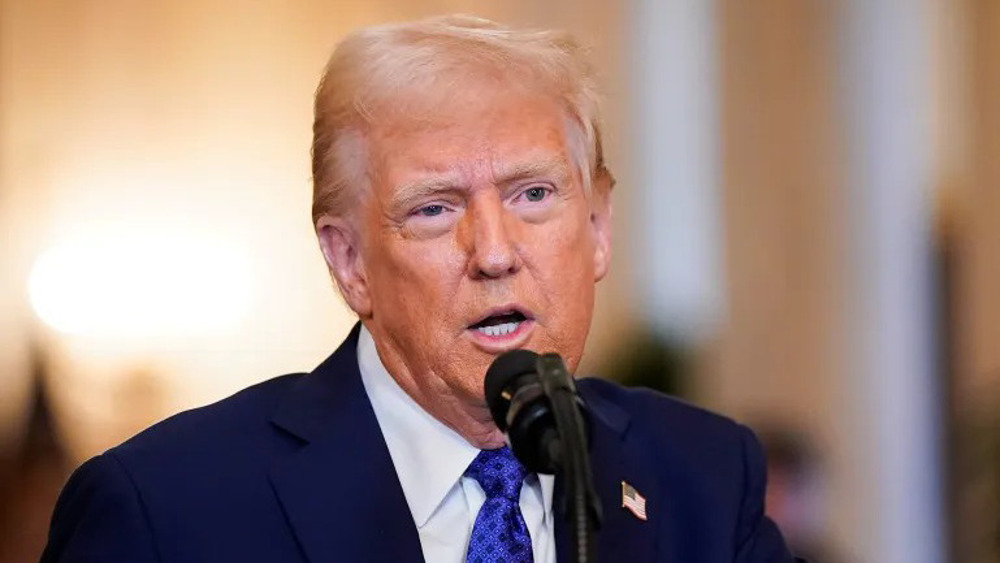





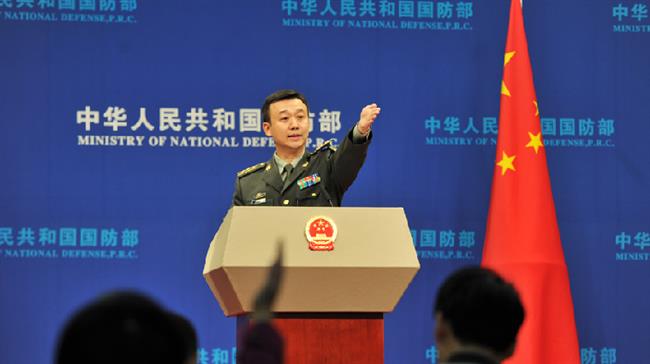
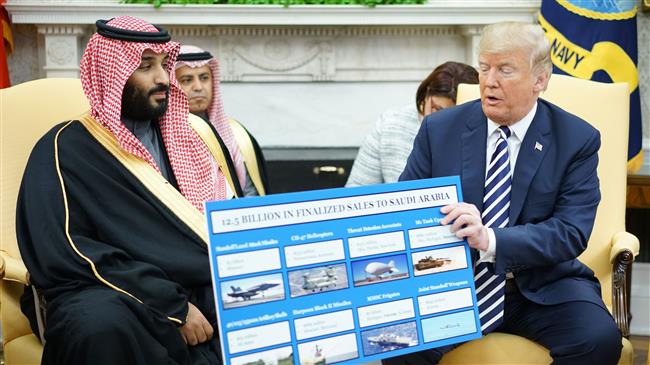
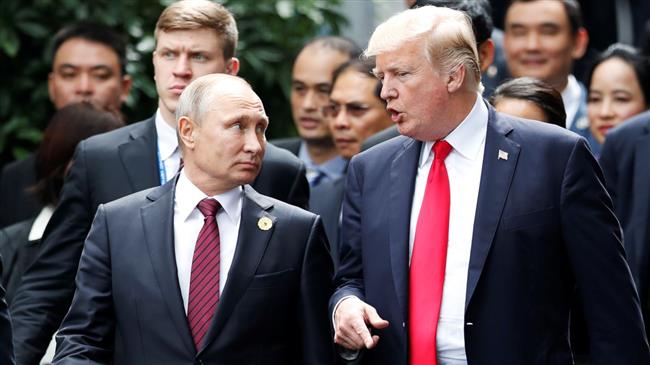
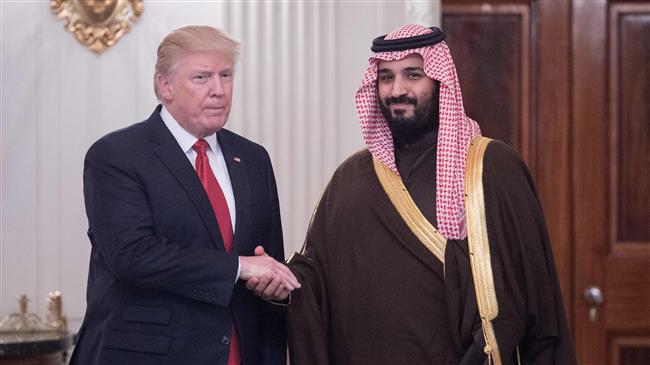
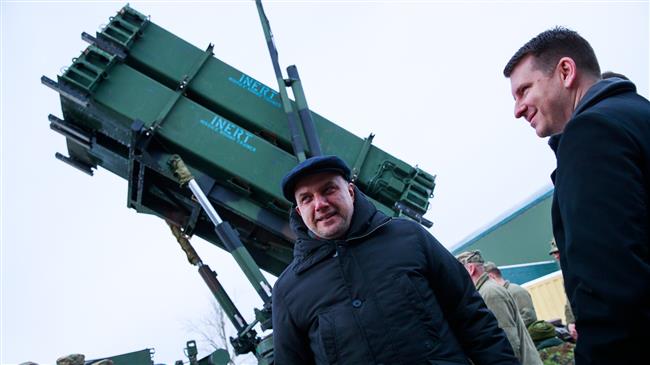

 This makes it easy to access the Press TV website
This makes it easy to access the Press TV website